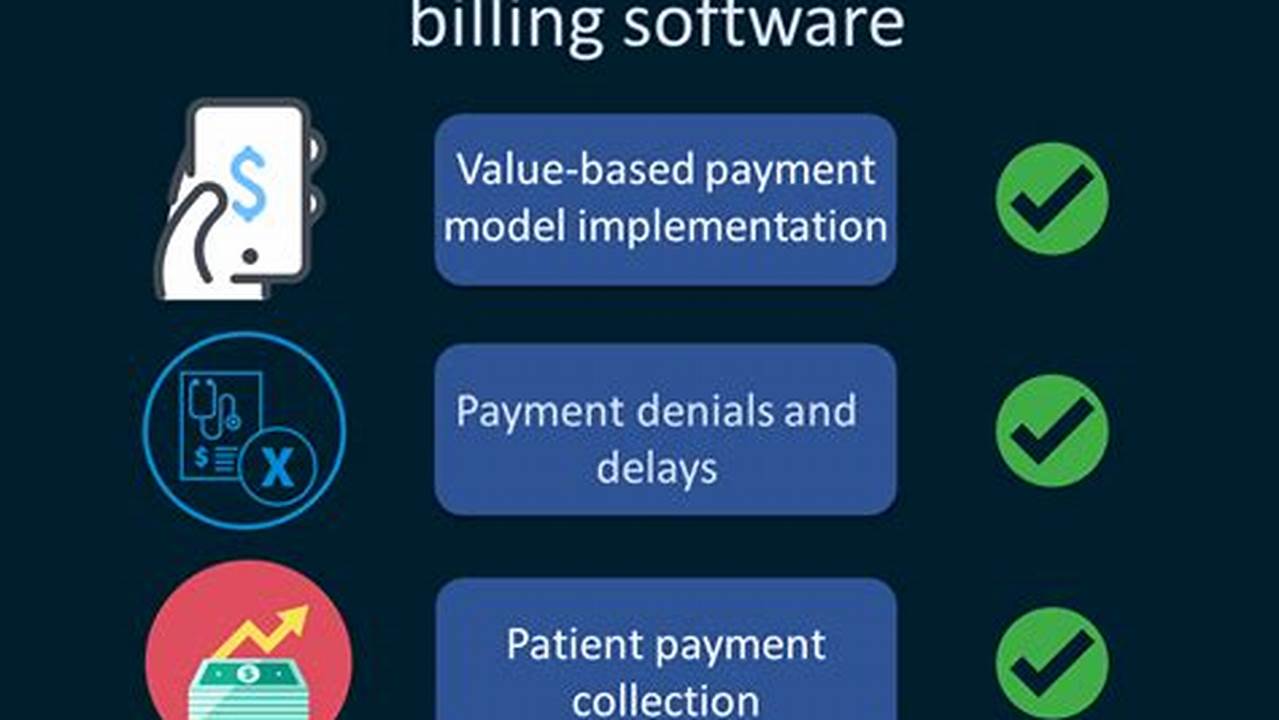Automated Medical Billing Software and System Benefits Explained

Jeannedarcherblay.com In the name of Allah may we be guided. In This Writing I want to share experiences around Automated, Medical that are useful. Information Related to Automated, Medical Automated Medical Billing Software and System Benefits Explained Don't stop in the middle of the road continue until the end.
Automated Medical Billing Software and System Benefits
Automated medical billing software streamlines the billing process, allowing healthcare providers to focus on patient care. Here are its advantages and how it can enhance your practice.
Details
Streamlined Workflow
Automated billing eliminates manual data entry, reducing errors and saving time. The software integrates with your practice management system, automating claim submission, tracking, and follow-ups.
Increased Accuracy
Electronic claims are more accurate than paper claims, as they eliminate the risk of human errors. The software validates data before submission, minimizing denials.
Improved Efficiency
Automated billing reduces the time and effort spent on billing tasks. Practices can process more claims, reduce backlogs, and improve cash flow.
Reduced Costs
Automated billing eliminates postage, paper, and clerical expenses. It also reduces the need for additional staff, further lowering operating costs.
Enhanced Reporting and Analytics
The software provides real-time data on claim status, revenue, and expenses. This allows practices to track performance, identify areas for improvement, and make informed decisions.
Improved Patient Satisfaction
Automated billing ensures timely and accurate billing, eliminating billing errors and reducing patient frustrations. It also allows for online patient portals, providing patients with self-service options.
FAQ Section
What types of automated medical billing software are available?
There are cloud-based, on-premise, and integrated software options.
How much does automated billing software cost?
Costs vary based on the features, support, and number of users.
What are the benefits of using an automated billing system?
Streamlined workflow, increased accuracy, improved efficiency, reduced costs, enhanced reporting, and improved patient satisfaction.
Is automated billing software easy to use?
Yes, most software is user-friendly and provides training and support.
Can automated billing software integrate with other systems?
Yes, some software integrates with practice management systems and electronic health records.
How do I choose the right automated billing software for my practice?
Consider features, cost, support, and integration capabilities.
Pros Section
The advantages of using automated medical billing software include:
- Time savings
- Reduced costs
- Improved accuracy
- Enhanced efficiency
- Better patient satisfaction
- Train staff thoroughly on the software
- Provide regular maintenance and updates
- Monitor software performance regularly
- Integrate the software with other systems
- Use reporting features to improve billing processes
Tips Section
Tips for using automated medical billing software effectively include:
Summary
Automated medical billing software is a valuable tool for healthcare providers, streamlining the billing process, improving accuracy, and enhancing efficiency. By leveraging this technology, practices can focus more on patient care and improve their financial performance.
What is Automated Medical Billing Software?
Automated medical billing software is a technology solution that assists healthcare providers in automating the billing process, reducing manual data entry, and providing real-time insights into billing and financial performance.
It eliminates the need for manual data entry, reducing errors and delays, and enhances efficiency by automating claim submissions, tracking, and follow-ups.
What are the Drawbacks of Automated Billing Software?
While automated billing software offers numerous benefits, it may have some drawbacks:
Initial investment and implementation costs can be high.
Practices may need additional training for staff members.
Reliance on technology may pose challenges in the event of software outages or technical difficulties.











